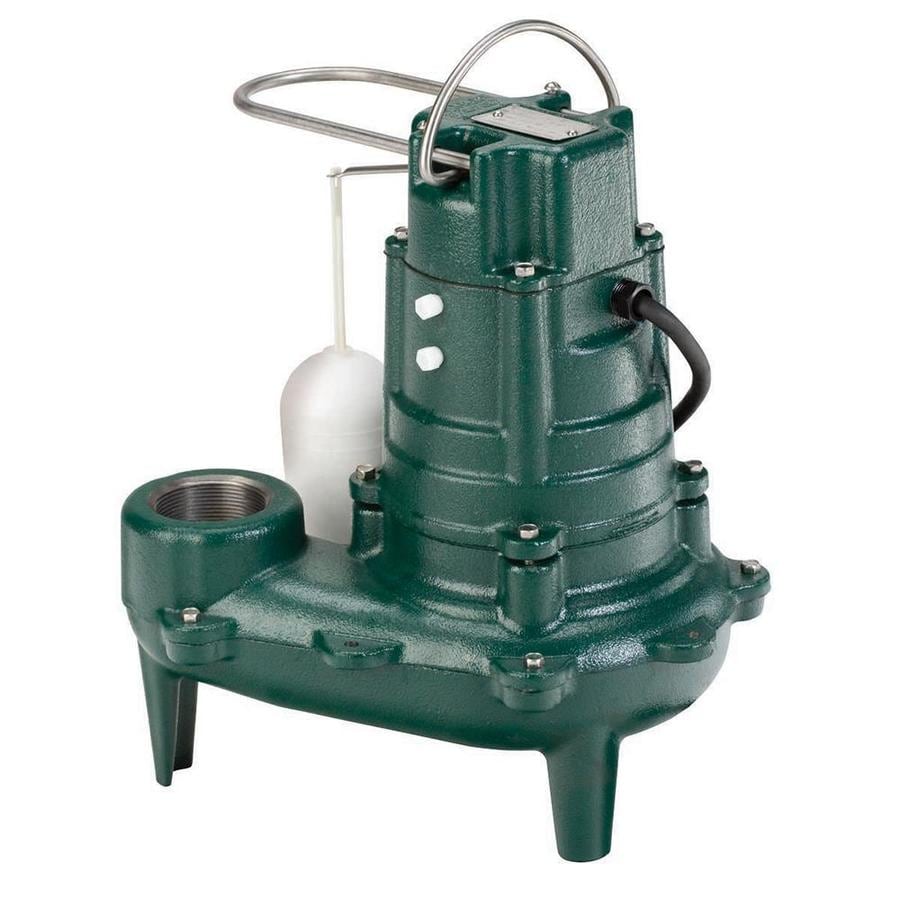

These pumps are normally used to push raw sewage up hill from a whole home. The first reason for such disappointing trouble could be a lack of electricity. There can be many solutions to this problem. Simultaneously, tighten the lid bolts with your wrench. Trail the cords over the slot after you have hitched up the lid from the pump in the pit. You have to keep it uncovered a little so that you can reach in and get the cords. Our plumbers have over three decades of experience installing basement ejector pumps in the Northern Virginia area. Sewage ejector pumps are designed to handle raw sewage and solid waste materials. Sometimes the sewage ejector pump does not cycle and that is where you need a solution. Envelop the ejector pit but not completely. That’s why it’s crucial that you call an expert to take care of your installation. Sewage ejector pumps are designed to pump raw sewage from your home into a septic tank or gravity flow sewer main. However, unlike sump basins, an ejector basin collects wastewater from the. You don’t want a broken toilet ejector pump in your brand new basement filling it up with wastewater. Like sump pumps, ejector pumps have a basin installed under your basement floor. Installing an ejector pump can be a dangerous undertaking if you don’t know what you’re doing.

It gathers water from any sinks, toilets, showers, or water-using appliances that fall below the main sewer line. Most of the plumbing fixtures in your home rely on the forces of gravity to carry wastewater into a storm drain or other deposit. An ejector pump also gathers water, but it's plumbed into the house. Any plumbing fixture that sits beneath the sewer line will require one.
Sewer ejector pump install#
If you have a bathroom, kitchen, or laundry room in the basement of your home, you might need to install a sewage ejector pump.


 0 kommentar(er)
0 kommentar(er)
